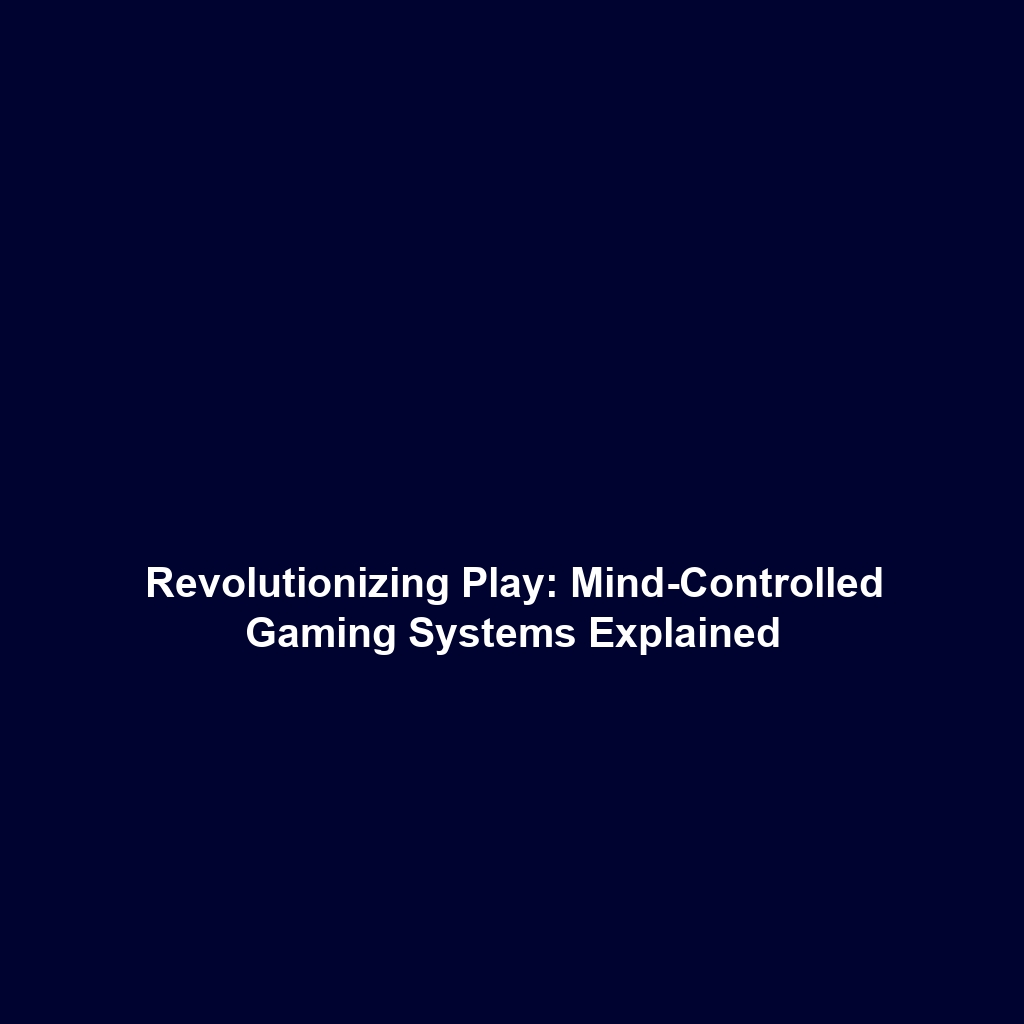Early Art: Cave Paintings and Carvings Made by Early Homo Sapiens
Introduction
The exploration of early art, such as cave paintings and carvings, created by early Homo sapiens, provides invaluable insight into the cognitive development and abstract thinking of our ancestors. This artistic expression is not merely a display of creativity; it represents a pivotal moment in human evolution, marking the transition from instinctual behaviors to the use of symbols and storytelling. Understanding these early artworks sheds light on the complex cognitive abilities that emerged during this period, contributing significantly to our knowledge of human evolution.
Key Concepts
Development of Abstract Thinking
The creation of cave paintings and carvings reveals a transformative cognitive leap for early humans. Key concepts include:
- Symbolism: The ability to use symbols to represent ideas, a foundational aspect of language and communication.
- Social Cohesion: Art may have served to strengthen social bonds within groups, reflecting shared beliefs and cultural narratives.
- Imagination: The ability to visualize concepts beyond immediate reality, showcasing the cognitive complexity of early Homo sapiens.
Relationship to Human Evolution
These artistic endeavors mark a significant phase in human evolution, pointing towards an advanced mental capacity that would allow for storytelling, complex social structures, and the development of culture.
Applications and Real-World Uses
Understanding how these early art forms are used in the context of human evolution has practical applications including:
- Anthropological Studies: Researchers employ the analysis of cave paintings to understand early human societies.
- Educational Tools: Museums use these artworks to educate the public about early human cognitive development.
- Cognitive Science: Insights into how early art relates to cognitive functions enhances our understanding of human development.
Current Challenges
The study of early art presents several challenges and limitations:
- Preservation Issues: Many cave paintings and carvings face deterioration due to environmental factors.
- Interpretative Difficulties: Understanding the intent and meaning behind the art remains speculative.
- Access Limitations: Some sites are difficult to access, restricting research opportunities.
Future Research and Innovations
Ongoing research into early art is expected to yield new insights, influenced by:
- Technological Advancements: Improved imaging techniques and AI analysis could offer deeper understandings of cave art.
- Interdisciplinary Approaches: Collaboration among anthropologists, artists, and cognitive scientists may uncover novel interpretations.
Conclusion
In summary, early art, exemplified by cave paintings and carvings made by early Homo sapiens, is crucial for understanding the cognitive development and abstract thinking that form the backbone of human evolution. These artistic expressions not only illustrate our ancestors’ skills but also serve as a window into their societal structures and beliefs. As we continue to explore this fascinating subject, the pursuit of knowledge about human origins remains paramount. To learn more about related topics, visit our pages on cognitive development and examples of cave art.





